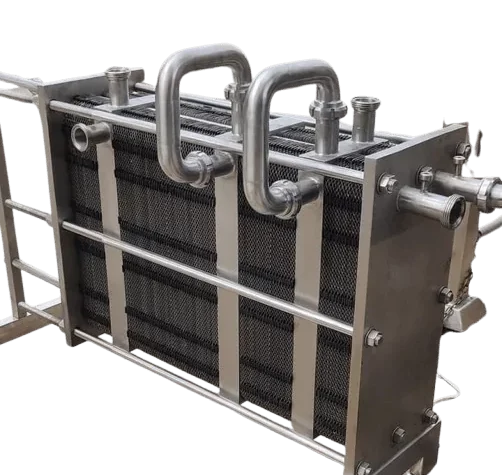info@royalengineers.in
Halalpur, Saharanpur, India


Raw milk can harbor deadly bacteria—Salmonella, E. coli, Listeria. One slip in safety, and your brand faces recalls, lawsuits, or worse. Milk pasteurizer isn’t just machines, it’s your first line of defense. Here’s why proper pasteurization isn’t optional for modern dairy businesses.
FAQs (What Buyers Ask)
Q: Does pasteurization destroy nutrients?
A: No! It preserves 95%+ of vitamins and minerals while zapping pathogens.
Q: Can I pasteurize at home?
A: For commercial sales? Never. Only industrial-grade pasteurizers meet safety codes.
Q: How long does the process take?
A: As little as 30 minutes from raw milk to chilled, ready-to-pack product.
Why gamble with raw milk risks? A commercial-grade pasteurizer ensures safety, compliance, and consumer trust in every batch. Contact or talk to our experts to find your perfect fit!